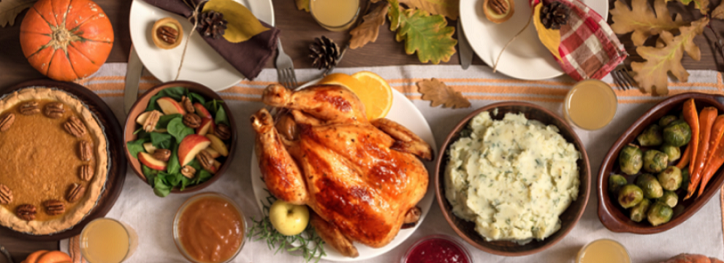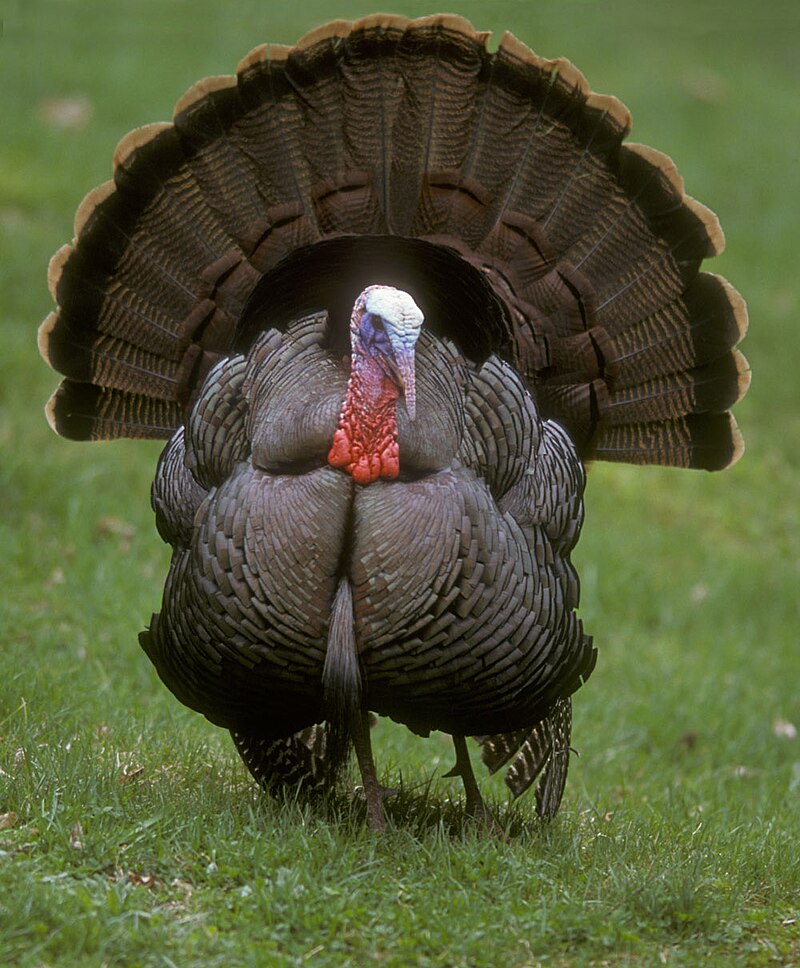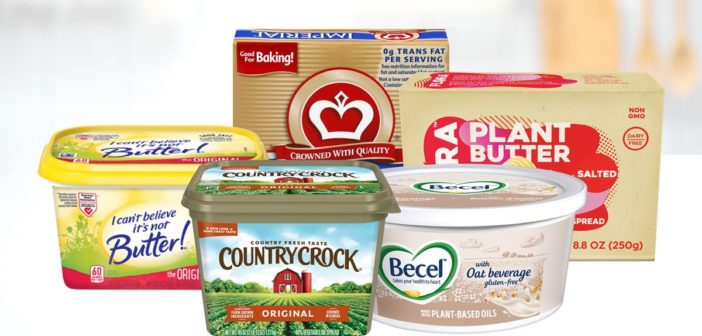There is no getting around it: while a lot of fun, alcohol is just not good for you. But there are ways you can mitigate the effects so they are not so damaging to your brain and body. Awareness is the first step to having fun responsibly.
Did you know that cold weather is directly correlated to increased drinking? With winter coming, we wave goodbye to warmer temps and say hello to more libations. One study found that cooler climates show a higher prevalence of binge drinking. That said, as we go into holiday parties and what might be the booziest time of the year, it is important to understand some of the major impacts that alcohol has on our bodies and minds.
If you haven’t had a chance to listen to the podcast of Dr. Andrew Huberman, Ph.D., neuroscientist, and tenured Professor in the Department of Neurobiology at Stanford, you should take a listen. One of his more recent podcasts, titled Alcohol and Your Health, dives into the effects drinking alcohol has on our brain and body.
I’m here to deliver you the cliff notes and some additional research to help empower you with knowledge about alcohol’s effects on our health.
Define Your Drinking
The first takeaway I had after listening was examining how I would define my drinking habits. How many drinks do you have a week? Are they high at 14 or more, or are they low to moderate at less than 7 drinks per week? I would fall in the low to moderate range. But consider your patterns: are you a chronic binge drinker, packing your 14 drinks into your Friday and Saturday nights? Or are you more of a one to two glasses of wine-a-night kind of person?
“An investment in knowledge pays the best interest.”
– Benjamin Franklin
The next consideration is, of course, your drink of choice. A glass of red wine can increase our levels of antioxidants, like procyanidins, quercetin, and resveratrol to keep heart tissues young and delay aging. Good news for red wine connoisseurs!
Here comes the not-so-good news: ALL alcohol contains empty calories to some degree, providing no nutrients for your body. Not to mention that the consumption of alcohol actually leads to poor dietary decisions due to its effects on brain function, like eating those nachos or cookies at the end of a long night. A double whammy! And if you opt for the sugary cocktails loaded with calories (some topping out at 500 calories per glass), or a craft beer that typically has more alcohol than a regular beer, the impact of your alcohol consumption might be greater.

Alcohol’s Impact on the Brain
But it is not just about the calories. Alcohol changes the prefrontal cortex of the brain, which primarily functions as your cognitive control, impulse control, and memory center. While drinking, your circuitry temporarily rewires (the feeling of being drunk, impulsive, and loss of memory). The good news is that the damaging effects of this rewiring can be reversed with two to six months of abstinence; a couple of “dry” days simply won’t cut it. (Hmm, dry January and February might be a good thing to jump on board with!)
“Being drunk is a poison-induced disruption in neural circuitry caused by acetyl aldehyde as the alcohol is being metabolized.”
– Dr. Andrew Huberman, Ph.D.
Further facts state that people who start chronically drinking at a younger age are more likely to develop alcohol dependence. Whereas those who, regardless of when they started drinking, consume alcohol consistently in even just small amounts, such as one drink per night, experience an increase in their cortisol levels when they are not drinking. This can cause an increase in stress and anxiety and inflammation in your body, keeping you awake at night and retaining fluids the following day.
Other hormones are affected, as well. Serotonin levels can also be impactedboth in the short and long term. Depending on the volume of alcohol you drink, you can incur a warped perception of reality. For instance, you might think dancing on that stage in front of your boss is a brilliant idea in the throes of your company’s holiday party. In the longer term, changes in serotonin can affect your mood, ranging from hyperactive to decreased alertness.
Other hormonal disruptions and shifts come in the form of estrogen and testosterone. Alcohol creates an accelerated conversion of testosterone to estrogen, which can lead to gynecomastia, or an increase in the amount of breast tissue in males, as well as other issues.
Because of hormonal disruptions caused by alcohol, you can experience a diminished sex drive and an increased hunger drive, leading to more fat stored in your body.
Gut Reaction
Furthermore, there is a direct impact on what is called the gut-liver-brain axis. Your gut runs from your throat to the end of your intestines and communicates to the brain via nerve cells, and to the liver via chemical signaling. Alcohol disrupts the gut microbiome, which controls the nerve cell and chemical signaling, proving that alcohol’s impact is systemic. This circuit disruption causes inflammation and can make you want to drink more.
Alcohol also kills the healthy bacteria in your colon, which can cause leaky gut. So after a night out, be sure to take probiotics and eat fiber to try and replace your gut microbiota.
How about that Hangover!
Now, after getting a sense of the effects on the brain, hormones, gut and liver, this next section should come as no surprise…how bad you feel the day after drinking. The dreaded hangover is due to alcohol’s myriad side effects: poor sleep due to disruptions in your bloodstream, headaches due to vasoconstriction, dehydration…the list goes on.
Here is a great video to show what goes on in the body after drinking:
An easy rule of thumb to remember is that often, the darker the alcohol, the more severe the hangover will be. Studies have shown that certain congeners—or small amounts of chemicals in alcohol—can contribute to a hangover’s severity. Typically, darker liquors such as bourbon and brandy contain larger amounts of congeners than clear liquors like vodka and gin. According to the Mayo Clinic, “Congeners are more likely to produce a hangover or increase the severity of a hangover.”
Five Key Takeaways
We’re not suggesting you cease drinking altogether, but instead consider that the frequency, onset, duration, and type of drink do matter. Be sure to give your body a break by refraining from drinking for longer periods of time, allowing your brain cells to regenerate and rewire, and your liver and gut microbiome to reset. But as Dr. Huberman addresses:
People who regularly drink one to two nights per week experience changes in the neural circuitry of the prefrontal cortex even when not drinking. They experience increased synapses in the connection that controls impulsive behavior and a reduction in synapses for habitual behavior.
Try less sugar and carb-filled selections, and when possible, opt for occasional red wine as your alcohol of choice to reap some of the antioxidant benefits. For more on that, check out our post on the MIND diet.
Here are some takeaways to consider before going into the holiday celebrations:
- Try to stick to no more than 4 drinks per week. This was also recommended by my doctor on my annual checkup.
- Your drink selection matters. Consider more than just the sugar. Nitrates, sulfites, and other ingredients can add insult to injury.
- Alcohol is a diuretic, so make sure you have nutritious food and plenty of electrolytes prior to consuming alcohol. And continue to drink lots of water, which also helps the morning after.
- Eating before drinking helps slow alcohol’s absorption into your bloodstream but will not slow its negative long-term effects.
- Alcohol increases cancer risks, particularly breast cancer. Taking folate and B12 supplements may help slightly.



 And we can expect the same will be true for our Thanksgiving dinners this year. But, despite inflation’s unprecedented rise, there’s reason to be slightly optimistic as we draw closer to Turkey Day:
And we can expect the same will be true for our Thanksgiving dinners this year. But, despite inflation’s unprecedented rise, there’s reason to be slightly optimistic as we draw closer to Turkey Day:  Furthermore, the
Furthermore, the  An increase in demand is one as many are starting to realize that most margarine is made from
An increase in demand is one as many are starting to realize that most margarine is made from  When a vegetable or fruit is picked, there are a lot of steps in the supply chain, including washing and packaging to name a few, that it must go through before reaching our grocery store shelves and, eventually, our fridges at home.
When a vegetable or fruit is picked, there are a lot of steps in the supply chain, including washing and packaging to name a few, that it must go through before reaching our grocery store shelves and, eventually, our fridges at home.



 In response to the dire situation, national leaders responded by negotiating the Black Sea Grain Initiative, which allowed a resumption of shipments under controlled conditions.
In response to the dire situation, national leaders responded by negotiating the Black Sea Grain Initiative, which allowed a resumption of shipments under controlled conditions. Prior to the recent Ukraine announcement, data from the United Nations already had shown the progress being made. UN estimated that more than 10.4 million tons of grains and other foods have shipped from Ukraine ports since the Initiative was signed in July.
Prior to the recent Ukraine announcement, data from the United Nations already had shown the progress being made. UN estimated that more than 10.4 million tons of grains and other foods have shipped from Ukraine ports since the Initiative was signed in July.





 The Nature Conservancy is pleased to present its Global Regenerative Food Systems Director,
The Nature Conservancy is pleased to present its Global Regenerative Food Systems Director, 
 Supporting producers to mulch-till the residue instead of burning helps to clear the air and keeps people healthy. This also constitutes a regenerative ag practice which, in turn, will improve soil health, nutrient content and water management — all which lead to better outcomes for people and nature.
Supporting producers to mulch-till the residue instead of burning helps to clear the air and keeps people healthy. This also constitutes a regenerative ag practice which, in turn, will improve soil health, nutrient content and water management — all which lead to better outcomes for people and nature.